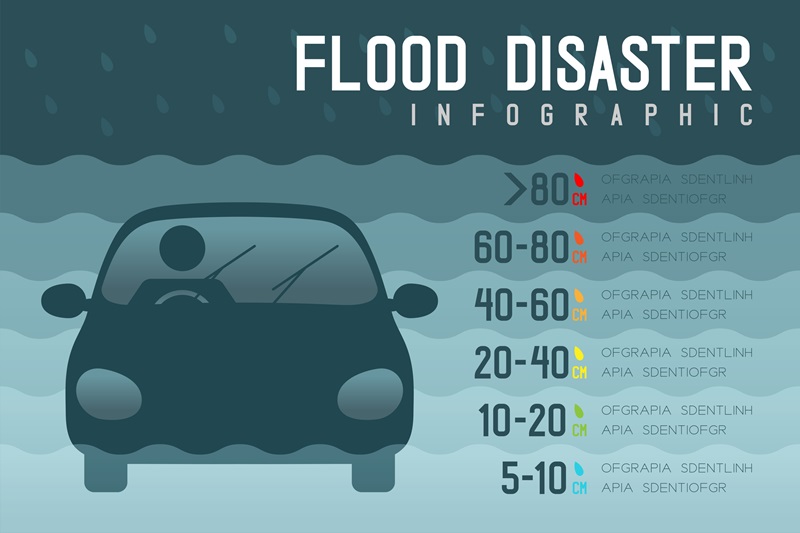Insurers, municipalities urged to share flood risk data

Improved flood risk data-sharing between insurers and municipalities would help improve Canadian homeowners’ flood resilience, says new research from the University of Waterloo.
“Insurance companies use data to calculate a property’s flood risk and the resulting costs, including information on the characteristics of a house or the surrounding area,” said Dr. Jason Thistlethwaite, a professor in the Faculty of Environment at Waterloo and co-lead of the Climate Risk Research Group.
“But municipalities use data to identify flood-prone areas of a town or city and make decisions to prevent and mitigate flooding to neighbourhoods with measures like upgrades to infrastructure.
“The problem is, they haven’t been working together and the consumer is on the hook.”
The study, Evaluating a public-private data-sharing platform for improving flood insurance availability and affordability in Canada, is available at cost and appears in Regional Environmental Change.
At the heart of the research is the notion that insurers’ flood risk data could help municipalities decide on the urgency of infrastructure improvements in areas of highest flood risk. Such improvements would, in turn, lower homeowners’ risks, thus lowering their property insurance rates, the university says in a release announcing the paper’s publication.
The paper’s abstract discusses the creation of the Resilience Bridge (RB) Platform, which is designed to allow insurers and Canadian municipal officials to exchange flood risk and resilience data.
“Senior staff and executives in both sectors evaluated the RB Platform and weighed in on the platform’s ability to foster cross-sector collaboration and drive actions that could reduce the number of high-risk ‘uninsurable’ properties,” the paper’s abstract reads.
Related: Insurers estimate catastrophe losses in July-August updates
Canada has seen two major flood catastrophes in a month, both resulting from water damage after tropical storms. The remnants of Hurricane Beryl passed through Toronto and Ontario in July, causing insurers an estimated $940 million in damage, per data from Catastrophe Indices and Quantification (CatIQ). And in August, Tropical Storm Debby blew through Montreal and Quebec, causing catastrophic flood damage, although official claims estimates are not in yet.
P&C insurers are calling on Canadian municipalities to focus on infrastructure upgrades in response to the elevate flood risk emerging from changing climate patterns.
These more intense and frequent rainfalls are coming at a time when Canadian cities’ water infrastructure is vulnerable, as suggested in a StatsCan report.
But funding the upgrades will not be easy. More than $40-billion worth of Canada’s wastewater and stormwater assets are in either “very poor” or “poor” condition and in urgent need of repair, says a March 2023 report by Statistics Canada.
Sharing data between insurers and municipalities would help identify and triage the most urgent spots in need of an upgrade, Waterloo’s researchers suggest, which would help build long-term resilience to flood.
“Governments and insurers are missing an opportunity to make infrastructure more resilient,” the University of Waterloo states. “Data that demonstrate how investments in risk reduction lead to lower premiums even over the long term would go a long way to improving the business case for climate resilience.”
Feature image courtesy of iStock.com/paitoonpati





